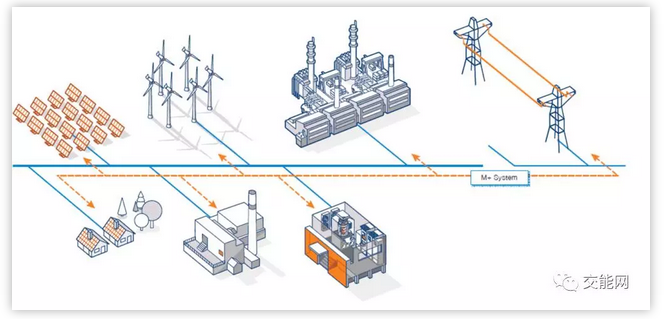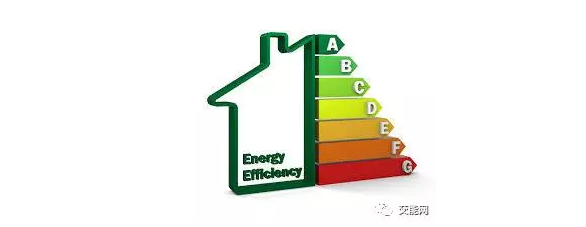There are also several important reasons that make cogeneration equipment gradually become one of the indispensable components in microgrid design:
If the simultaneous production of heat energy is not considered, the cost of generating electricity from a small gas turbine is usually higher than the cost of purchasing electricity from the grid. Only the integrated energy cost after thermal energy is more competitive;
The reliability of cogeneration equipment is higher than that of renewable energy, and it has high flexibility;
Combined heat and power equipment can also be used as emergency power sources for many elevators and water pumps. If this type of power is only provided by batteries, it cannot guarantee sufficient safety.
Another important reason is that the storage of thermal energy is much easier than the storage of electrical energy, and the fluctuation of the thermal load is smaller than that of the electrical load. The additional installation of heat storage equipment in the cogeneration equipment can realize the decoupling of thermal power production, providing More flexibility. The storage capacity of the heating network itself also provides a certain degree of toughness for the system. Among the various current microgrid design models, the thermoelectric multi-energy complementary mode is the most cost-effective, and there is no one.
3. Wind and wind complementation and clean power. Under the current technological level, cogeneration equipment will become the core of the microgrid system. At the same time, wind power and photovoltaic will also become an important part of microgrid power generation in areas where conditions permit. In the practice of many microgrid projects in the United States, cogeneration usually accounts for 80% of the power generation capacity, and wind power and photovoltaics bear the remaining 20%. In the future, as the cost of renewable energy power generation continues to decrease and the development of new technologies, the proportion of renewable energy power generation will continue to increase.
The advantage of renewable energy power is naturally zero-emission clean power, and there is no need to build additional fuel transportation channels. The disadvantages are also very obvious. In the absence of sufficient energy storage equipment, the stability of energy supply is greatly affected. challenge.
4. Energy storage is necessary to ensure safety In order to alleviate the intermittent power generation and load-side fluctuations of wind power and photovoltaic in the microgrid system, energy storage equipment has become the standard configuration of most microgrids. The energy storage equipment here not only refers to batteries, but also includes the storage of different types of energy media such as heat storage and gas storage. While the cost of batteries as a large-scale energy storage device is still high, other types of energy storage devices can be used more in multi-energy complementary microgrid projects.
At present, most of the energy storage equipment for microgrid projects is still used to smooth the user load curve and make up for the shortfall in electricity generation and consumption within the day and week. There is no better integration plan for long-term seasonal energy storage equipment.
In general, the design and planning of microgrids must fully consider local resource endowments and user needs, take the safety and reliability of system energy supply as the first standard, and then consider economy and environmental friendliness on this basis. The design should not only consider the balance of energy supply and demand, but also the balance between equipment that can provide flexibility and equipment that consumes flexibility.













